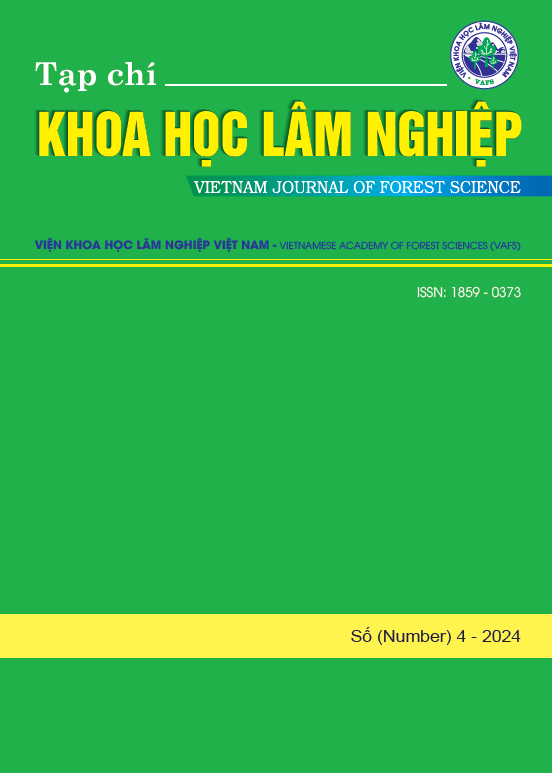APPLICATION OF REMOTE SENSING AND GIS TECHNOLOGIES IN SPATIAL MODELING OF PLANT DISTRIBUTION FOR CLIMATE CHANGE ADAPTATION
DOI:
https://doi.org/10.70169/VJFS.965Keywords:
SDMs, MaxEnt, Remote Sensing and GIS, potential distribution forecasting, climate change adaptationAbstract
The application of remote sensing and Geographic Information Systems (GIS) in spatial modeling of plant distribution plays a pivotal role in monitoring and managing plant resources, particularly in the increasingly complex context of climate change. Currently, research on the use of these technologies is receiving widespread attention and has become a priority for many scientists globally. This paper focuses on analyzing the role and identifying several challenges associated with the application of remote sensing and GIS in constructing spatial distribution models of plants. By synthesizing and analyzing 104 existing studies, this paper provides a comprehensive overview of the exceptional benefits of these technologies. These benefits include the ability to collect extensive and detailed data, continuous data updates, integration of data from various sources, time and cost efficiency, as well as their capability to forecast and assess environmental impacts., this paper provides an overview of the outstanding benefits of these technologies, including the ability to collect extensive and detailed data, continuous data updates, integration of data from multiple sources, time and cost efficiency, and the capability to forecast and assess environmental impacts. However, the application of remote sensing and GIS also faces many challenges such as limitations in data resolution and accuracy, high technical and technological requirements, difficulties in environmental data collection, and complexities in data analysis. To address these challenges and guide future research, this paper proposes several solutions such as enhancing data resolution and quality, integrating and standardizing data, improving predictive capabilities, and promoting collaboration and data sharing among research institutions.









